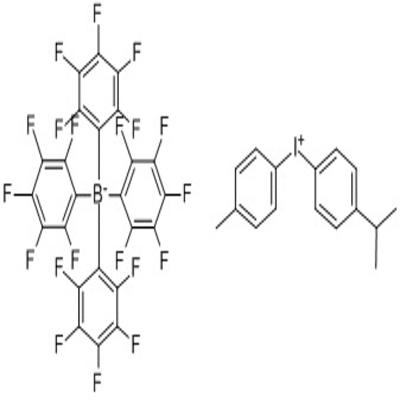-
Categories
-
Pharmaceutical Intermediates
-
Active Pharmaceutical Ingredients
-
Food Additives
- Industrial Coatings
- Agrochemicals
- Dyes and Pigments
- Surfactant
- Flavors and Fragrances
- Chemical Reagents
- Catalyst and Auxiliary
- Natural Products
- Inorganic Chemistry
-
Organic Chemistry
-
Biochemical Engineering
- Analytical Chemistry
-
Cosmetic Ingredient
- Water Treatment Chemical
-
Pharmaceutical Intermediates
Promotion
ECHEMI Mall
Wholesale
Weekly Price
Exhibition
News
-
Trade Service
4,6-Dimethyl-2-mercaptopyrimidine is an important organic compound that has a wide range of applications in the chemical industry.
It is used as a building block for the synthesis of various chemicals, pharmaceuticals, and agrochemicals.
The synthetic routes of 4,6-dimethyl-2-mercaptopyrimidine can be broadly classified into two categories: chemical synthesis and biological synthesis.
Chemical Synthesis of 4,6-Dimethyl-2-mercaptopyrimidine:
Chemical synthesis of 4,6-dimethyl-2-mercaptopyrimidine involves the use of various chemical reactions and reaction conditions to produce the compound.
The most commonly used chemical reactions for the synthesis of 4,6-dimethyl-2-mercaptopyrimidine are:
- Reduction of chlorinated compound: One of the most common methods of synthesizing 4,6-dimethyl-2-mercaptopyrimidine is by the reduction of a chlorinated compound, such as chloroacetamide, using a reducing agent, such as lithium aluminum hydride (LiAlH4).
- Reduction of a halogenated derivatives: Another method of synthesizing 4,6-dimethyl-2-mercaptopyrimidine is by the reduction of a halogenated derivative, such as 4-chloro-6-dimethylpyrimidine, using a reducing agent, such as hydride.
- Reaction with a thiol: 4,6-dimethyl-2-mercaptopyrimidine can also be synthesized by the reaction of a thiol, such as cysteine or 2-mercaptopyrimidine, with a appropriate reagent, such as Hydrazine or Hydrochloric acid.
- Reduction of a nitrile: Reduction of a nitrile, such as 4,6-dimethyl-2-nitro-pyrimidine, can also be used for the synthesis of 4,6-dimethyl-2-mercaptopyrimidine.
Biological Synthesis of 4,6-Dimethyl-2-mercaptopyrimidine:
Biological synthesis of 4,6-dimethyl-2-mercaptopyrimidine involves the use of microorganisms, such as bacteria or fungi, to convert a suitable substrate into the final compound.
This method is known as "bioremediation" and has been widely used for the





![1,2-bis(4,4,5,5-tetramethyl-[1,3,2]dioxabororan-2-yl)benzene](https://file.echemi.com/fileManage/upload/goodpicture/20210822/m20210822140734020.jpg)

